Quantum Sensing at Scale: Navigating Commercialization Roadblocks
Quantum sensing is racing forward in the lab—but turning prototypes into products still means wrestling with supply chains, certification, and unit economics. In “Quantum Sensing at Scale: Navigating Commercialization Roadblocks,” moderator Constanza Vidal Bustamante (CNAS) pressed a trio of builders—Sristy Agrawal (Mesa Quantum), Aravind Ratnam (Q-CTRL), and Matthew Kinsella (Infleqtion)—on what’s truly shippable now, what isn’t, and how to bridge defense demand with broader civilian markets.
Why sensing now (and why it’s different from computing)
Vidal Bustamante framed sensing as the under-covered quantum pillar with near-term wins: PNT resilience, defense navigation, RF, and environmental monitoring. The panel agreed: sensors exploit atomic references that bound error instead of drifting, making them attractive for long-duration navigation and timing where classical systems degrade.
Q-CTRL is fielding magnetometers and gravimeters aimed at airborne, seaborne, and UAS platforms—emphasizing that the “science problem” has become an engineering + certification problem.
Mesa Quantum is pushing chip-scale timing: golf-ball-sized atomic clocks next year on a path to “blueberry” scale by 2027, bringing high performance without the size/weight/power penalties that block deployment in drones, cars, and distributed infrastructure.
Infleqtion is wielding neutral atoms across optical clocks (picosend-level precision), atom-based RF antennas that decouple aperture size from wavelength (think sugar-cube receivers instead of kilometer-long antennas), and inertial/gravimetric systems already flown on the ISS.
From lab racks to racks in the field
Hardware is shrinking fast. Infleqtion described clocks moving from “refrigerator-size” optics to a 3U rack today and 1U on the near horizon, with photonic integration driving toward chip-scale over time. Mesa is finalizing golf-ball units now and targeting blueberry-scale designs next. Q-CTRL is TRL ~6 and climbing, with Airbus A350 testing queued, helicopter programs active, DARPA contracts underway, and a push through aerospace-grade certification to hit commercial airliner and defense requirements.
Follow the money: defense first, dual-use next
Roughly 80% of private quantum capital still chases computing; sensing leans heavily on public dollars. All three founders credited DARPA/DoD and allied programs with de-risking prototypes and—critically—signaling product-market fit that leads to procurement. Infleqtion pointed to DARPA’s optical-clock program maturing into APFIT procurement, while Mesa highlighted ALT-PNT funding that connected them across Space Force, SOCOM, and Air Force. The near-term strategy: feed defense demand to build volume, then use scale to collapse costs and SWaP for commercial rollouts across data centers, RF networks, autonomous systems, maritime/undersea, and critical infrastructure timing.
Supply chain realism (and redundancy)
Everyone acknowledged today’s thin photonics supply base. Responses include geographic redundancy (e.g., sovereign UK build lines, exploring Australian capacity), vertical integration on lasers and nanophotonics to control lead times, and standards work (converging on common “colors of light”) to concentrate volume. Bottom line: orders drive lines—and sustained government and prime-contract demand helps stand up the manufacturing that commercial buyers will later benefit from.
What’s next
Infleqtion: Scale shipments across clocks, atom-based RF, and additional on-orbit sensing payloads.
Mesa Quantum: Complete pilot testing and move from pre-revenue grants to product sales, beginning with golf-ball-size timing nodes.
Q-CTRL: More field trials, programs of record, and next-gen robust, band-aid-free sensors hardened at the chip-scale to survive vibration, EMI, and real-world platforms for decades.
Throughline: Quantum sensing is already solving pain points—GPS denial, timing resilience, and long-duration navigation—but scaling requires certification discipline, photonics capacity, and near-term defense pull to unlock the broader commercial wave.
